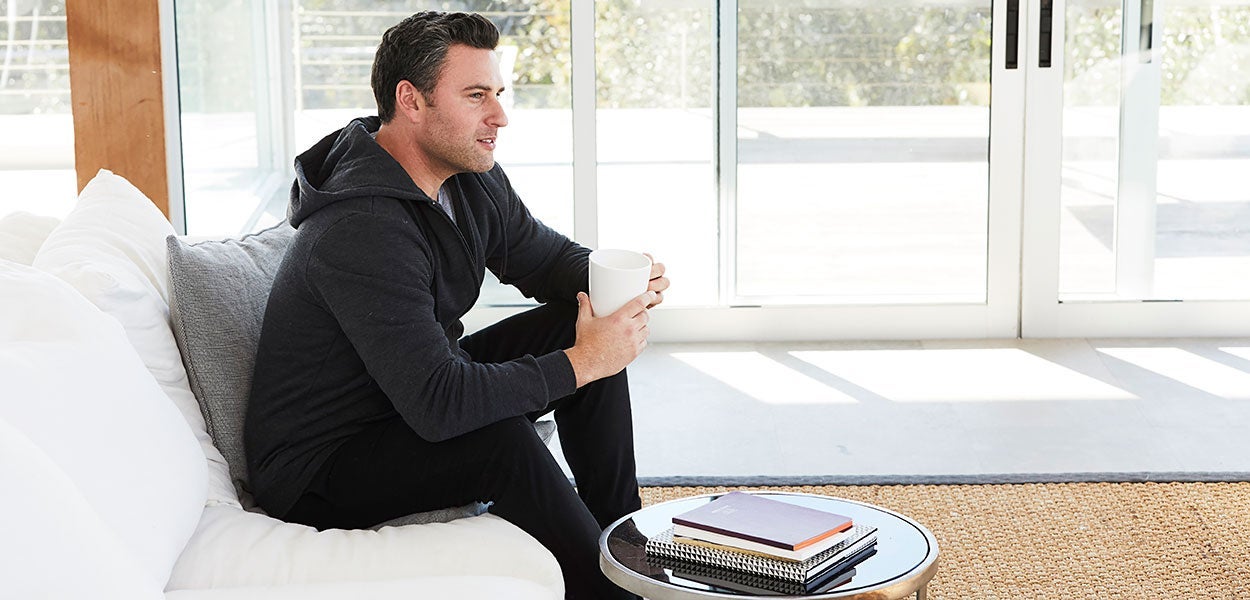An Intro to Mindfulness for Newbies


“Mindfulness” is a word we're hearing a lot these days, but as trendy as seems to be, it's also a very simple concept. Being mindful simply means being present in the here and now. Simple—but powerful.
Reaping the benefits
Becoming more aware can lower levels of anxiety, reduce conflict in relationships, and even improve your overall well-being. Plus, it can help you feel calmer and less likely to react emotionally or to act in ways that aren't helpful.
So it's ironic that when we are stressed and anxious, we often try to escape those feelings by watching TV, surfing the web—or even, yeah, eating. But fleeing the mental tumult doesn't help in the long run. A better, if counterintuitive solution: Tune in, not out.
Paying attention to your surroundings, your food, and your actions can help right away (you slow your racing pulse, enjoy food more, and are even less injury-prone), and over time by helping you make more thoughtful choices. In fact, being mindful is part of self-monitoring, a skill that helps you lose weight.
Related: How to recognize your strengths
How to be mindful
If you have…
-
10 minutes: Find a quiet place—perhaps in your car or in the bathroom—where no one can bother you. Some members find it helpful to hold a memento of a relaxing time, such as a seashell, a pebble or a leaf. Just close your eyes, relax your jaw, breathe and recall the feelings of being in that serene time and place.
-
20 minutes: Leave your to-do list and phone behind and take a 20-minute walk. Focus on the here and now: the sidewalk, the sound of sprinklers, the warmth of the sun, the caressing breeze.
-
30 minutes: Try a few relaxing yoga poses, like this routine, which promotes relaxation as well as awareness. Not into yoga? Take a bath, dance to a favorite song, or try some simple, ease-out-the-kinks stretches.
